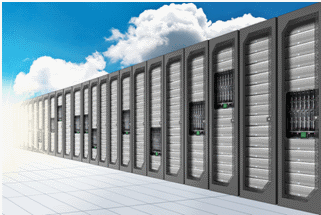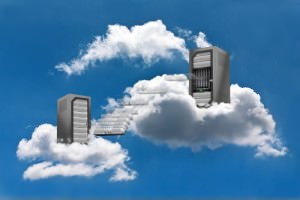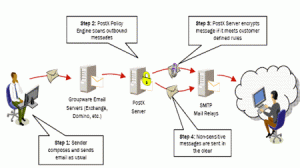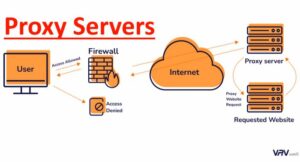How to Prevent Servers Systems from Overheating?
Servers do a great job, but they are highly delicate. They need proper maintenance and optimal conditions to be fully operated. But they can get hot from time to time, and overheating is no fun for anyone, as it can lead to many problems.
If they get too hot, the CPU may melt. Without a working CPU, a server won’t be able to function. Not only can that cause data loss, but it can also shorten the unit’s lifespan and decrease its performance. Replacing the CPU may help, but it won’t fix any permanent damage.
Also, a server that gets too hot could cause a system crash. That will impact the performance of your website or business. Eventually, it might even cause serious accidents like fires and explosions.
That’s why it’s important to learn what causes your servers to overheat and to recognize signs of this problem, as explained here. And if you notice these devices are experiencing slow performance, it may be time to call professionals. But you can also do some things to protect your servers for a while.

Ensure Proper Ventilation and Cooling
When it comes to server overheating, the first and foremost thing is to keep these devices cool. Whether they’re in a separate room or portable devices in racks, they must work at optimal temperatures.
So the first step is setting and keeping the room’s optimal temperature. Temperature sensors are helpful, as they can register any drastic change and send you notifications when temperatures near dangerous levels. So you can take action immediately if it gets too hot.
The next thing you can do is to allow more air to flow around the equipment. It needs proper ventilation to operate effectively and extend its lifespan. Computers have fans to push hot air out, but if the heat is too high, it can cause a computer to burn and damage the data stored on it.
So the best way to prevent overheating is to install a good vent and air filter in the server room. A ceiling fan will do, too. These measures will also ensure that no air pollutants or dust will enter the room, which can damage the computer equipment and lead to overheating.
Below, find some handy tips on setting a server room:
Monitor CPU Temperature
Another way to prevent overheating is to regularly check the temperature of the CPU. Keeping these units at an appropriate temperature will extend their lifespan and reduce energy consumption, resulting in savings for your business.
Most CPUs will stop working if the temperature rises too much. But that system might fail. So if you suspect that your device is overheating, you can open the chassis cover and check if the fans are spinning or not. You should also listen to the different fan speeds.
You can install sensors in the data center to detect hot spots before they become a disaster. These sensors should be placed near the tops of the racks and the intake vents of equipment. These are usually where hot spots start, so you want to quickly address the problem before it becomes too late.
Use Racks with Built-In Cooling system
Another way to prevent your computers from overheating is to put them in racks with built-in fans. These racks ensure that your devices are constantly cooled. Besides, these systems target specific areas to ensure efficient airflow. And they’re less expensive than the alternative, which is to invest in the cooling system for the entire room.
The placement of your server racks is also important. They should face opposite sides of the room, so that cool air can get in while hot air is forced out. Also, if there’s too much empty space on racks, you can fix that with blanking panels to prevent cold air from passing through server racks.
Provide Regular Maintenance
Besides monitoring temperature and airflow in your server room, it’s essential to provide regular maintenance to these units to prevent them from overheating. That can lead to data loss and damage to physical components but can also result in performance issues.
So never cut corners on regular servers systems maintenance. In most cases, overheating is the result of faulty hardware. So, for example, if your hardware is outdated, you should replace it to protect the entire system from collapse.
The same goes for software, which should be upgraded to the latest version. The updated server is energy efficient, meaning it uses less power and doesn’t heat up fast. So ensure you always have the newest software version available.
Server overheating is a common problem that can be detrimental to users. Of course, you can’t predict them, but you can prevent them and ensure they’re handled quickly. So you can keep an eye on your servers’ age, perform routine disk checks, and regularly update the system.








